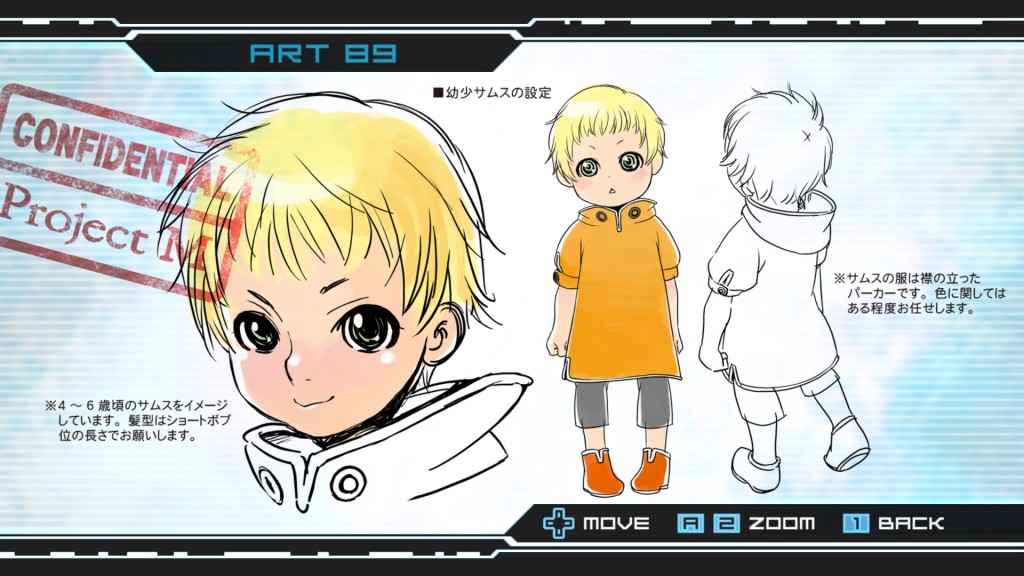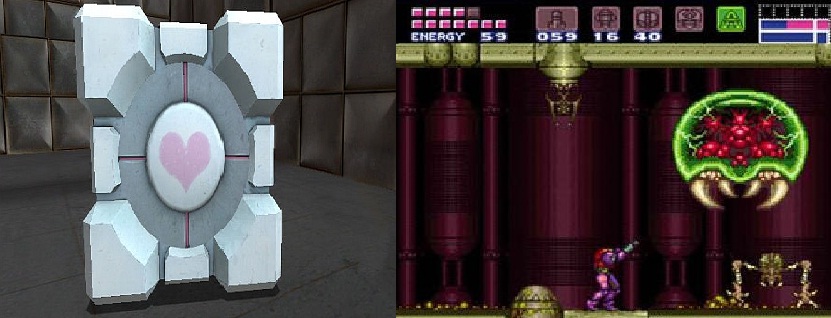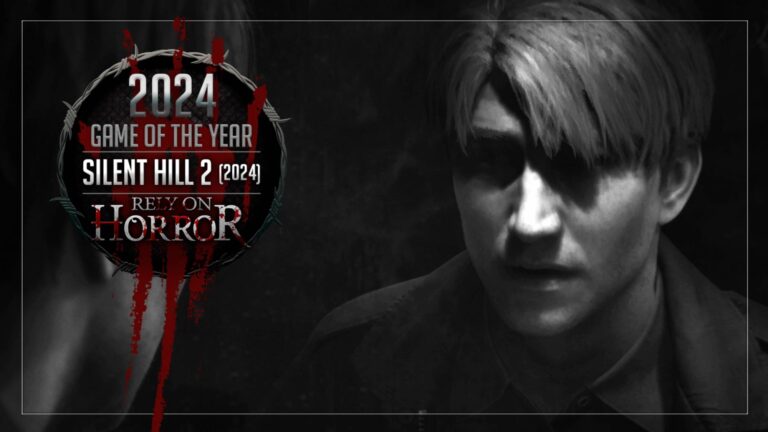Female protagonists in gaming aren’t as plentiful as are their male counter-parts. Ask someone to name their favorite video game character and, chances are, you’ll most likely get a male figure as a response. I’m not going to be delving into an issue of gender within the lines of this article, but I will be touching on two notable female figures in gaming, despite one of them being relatively new with only two games, with the most recent having been just released: Portal 2.
It’s not often you see Portal and Metroid residing in the same sentence, which is what I’ve done with this editorial’s title. But fear not, I’m going to be explaining the reason for me doing so, and thus the reason why both series are actually quite similar. It’s worth noting that these comparisons are just scratching the surface, and I’m sure you all can come up with your own linking both characters even closer together.
It gets lonely

Let’s start off with the actual origins of both characters. Granted, we don’t know all that much about Chell’s but we can still draw comparisons from what has been established. According to GLaDOS, Chell is an orphan, which puts her under a similar light as Samus Aran. We don’t know the specifics of Chell’s upbringing, but we do know that of Samus’.
Raised by her parents in a distant mining planet (K-2L), Samus was faced with a tragedy pretty early on in her life, a tragedy brought about by Ridley and his Space Pirate army. They came into the planet’s civilization and killed almost all of its inhabitants, including Samus’ parents. After this event, Samus was found and raised by the bird-like race of aliens known as the Chozo which explains her physical prowess among other notable abilities. The rest, as they say, is history and thus one of the galaxy’s most feared bounty hunters was born.
Even if you don’t hold much merit towards GLaDOS’ claim that Chell is an orphan, as it’s a highly debatable topic amongst fans, you still can’t deny the fact that both Samus and Chell seem to be sprung from a similar sort of upbringing. And this carries itself into their silent demeanor.
Don’t Say A Word

Let’s get the obvious comparison out of the way: both protagonists are of a silent nature, with the exclusion of the most recent Metroid title Other M. Samus Aran is one of the galaxy’s most feared bounty hunters and up until the original NES entry’s ending, noone even suspected that she was a female. Chell, on the other hand, isn’t afraid to show her gender, but like Samus, she also never says a word, even when spoken to by GLaDOS with all her pitch-perfect sarcasm as her voice emits throughout Aperture and its many chambers.
It’s this lack of vocal practice from both characters that makes them unique and all the more compelling. Sometimes you don’t need actual spoken emotions to channel what a person is feeling, this couldn’t be more true in the case of both Chell and Samus. Confined within the walls of Aperture, we all know the sense of despair running through Chell’s veins. And likewise, situated on Zebes and descending into its depths, we know the sense of isolation and downright dread that’s going through Samus’ thick varia suit and into her psyche. Which leads us to the next comparison.
Deep Within

Aperture’s facility and the alien worlds Samus traverses have a lot in common. For one, the confining, portal-friendly (for the most part) walls Chell finds herself within as she goes from test to test in Aperture aren’t unlike the claustrobhia-inducing depths Samus finds herself in, like Norfair or other notable locales from the franchise, as she’s trying to save the galaxy from the space pirates and the metroid species. And it’s also interesting to note that both Samus and Chell utilize elevator systems to descend even deeper into the madness invoked by their respective game’s settings.
There’s one striking difference, though, and that is: whereas Samus confronts multiple forms of alien-life, as well as huge bosses, Chell’s opposing forces are restricted to those brought about by GLaDOS and her obsession with testing as the slient protagonist is forced to go from chamber to chamber utilizing her trusty portal-gun. But still, when boiled down to their bare essence, both Chell and Samus’ challenges derive from their need to venture deeper into Aperture and Zebes (insert other notable Metroid locale here), respectively. And for comparison’s sake, it’s worth mentioning that both Chell and Samus eventually make it out to the “outside world” once everything is said and done. Though up until now we haven’t been graced with a bikini-clad Chell, not yet, at least.
An Unfortunate Sacrifice

While they’re both portrayed in a different manner and are on different scales, both Chell’s and Samus’ sacrifices have common ground. In Chell’s case, you have the companion cube which served to quite simply, get your ass out of tough situations upon its introduction in the original Portal. Eventually you end up sacrificing said cube by dumping it into fiery depths, an act which was necessary to proceed further, as dictated by GLaDOS. This didn’t stop fans from growing attached to Chell’s once cubical-inanimate friend, though, and the sacrifice has brought forth tears from loving fans.
Then you have the sacrifice in Samus’ case. In Metroid II for the original Game Boy, Samus comes across a lone infant Metroid. She then, as shown in Super Metroid’s intro, brings it to a space colony so scientists can perform studies on the creature. The results were astounding and shortly thereafter, the colony was attacked by Ridley who also succeeded in retrieving said baby Metroid. This lead to the ending of the SNES classic, which was given new polygonal life in Other M, in which the baby Metroid comes back just in time to offer itself up as a sacrifice to save Samus’ from a near-death blow by Mother Brain.
It’s clear to see that both the companion cube and the baby Metroid served as extensions of Chell’s and Samus’ environment, both of which ended up being necessary for both characters’ survival and advancement towards their ultimate destination. Both sacrificial cases even go as far as eliciting actual emotional responses from players
Female Artificial Intelligence

Now here’s the most striking comparison between both Metroid and Portal: the female artificial intelligence at the core of all the antagonistic activities going on around Samus and Chell. Portal has the humorous and brewing-with-sarcasm GLaDOS, while Metroid’s most notable antagonist is the mind (no pun intended) behind the space pirates and their crusade for complete galactic saturation, Mother Brain.
It’s interesting how both Nintendo and Valve grant such a role, that’s usually reserved for male personalities, to female figures, regardless of them not actually being human in their current forms. As we learned from Portal 2, GLaDOS was derived from the mind of Caroline, Cave Johnson’s confidant and assistant. Mother Brain, on the other hand, isn’t related to any human at all, in terms of her origin. Though one shouldn’t ignore the Metroid series’ latest exploit, Other M, which sees Mother Brain implemented, mentally, into Melissa Bergman.
I don’t want to get into a gender related discussion, but I will say that it’s really bold for the developers behind both Portal and Metroid to leave the main villain roles to female figures, as opposed to male ones which has become extremely common in any form of entertainment for as long as one can remember.
——————————————————————————————————————
Hopefully this editorial has made you appreciate the connections between both Nintendo’s and Valve’s highly-praised series. Chell and Samus aren’t all that different from each other, on the contrary, they both share a lot of striking qualities that makes them able to stand our amongst other video-game protagonists, who are preferably male. Together, they both tell a tale of silent dread.




